Best Film for the Nikon FE
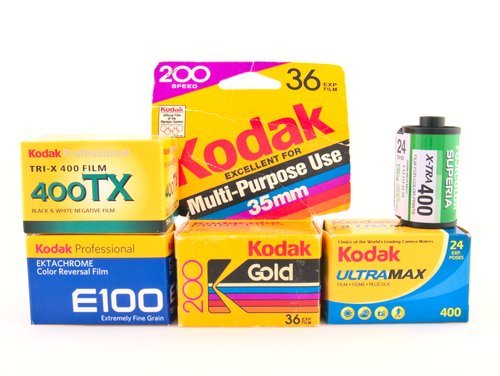
The best film to use in your Nikon FE is going to be based on your lens, available light, and type of film you want to shoot.
Taking advantage of an ISO 400 film or faster will enable you to avoid needing to haul around a tripod or flash.
If you would like to shoot pictures in low light, such as indoors, make sure that you have a fast lens. For lens lens ideas read my list on the 5 Best Lenses for the Nikon FE.
Affiliate Links
Outside the Shot is a participant in the Amazon Services LLC Associates Program, an affiliate advertising program designed to provide a means for sites to earn advertising fees by advertising and linking to Amazon.com.
As an eBay Partner, I may be compensated if you make a purchase. I also participate in affiliate advertising programs with KEH and Adorama. More can be found on the Affiliate Discolsure page.
I have purchased gear from all of these companies and I expect them all to receive repeat business from me.
I’m Rebuilding 🏗️
If the page doesn’t have the answer you’re looking for you can email me at contact AT this domain. That account will be checked on Sundays and Wednesdays.
You can also DM me on Reddit /u/OutsideTheShot or post in /r/OutsideTheShot.
Color Film
Consumer
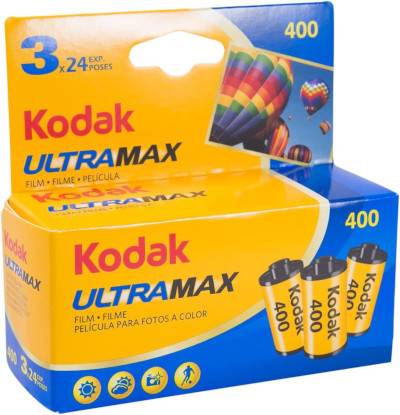
Kodak UltraMax 400 - A terrific option for a plethora of conditions. Using this film you should have the ability to handhold the FE in just about all circumstances.
Expect images to look a little warm with outstanding colors.
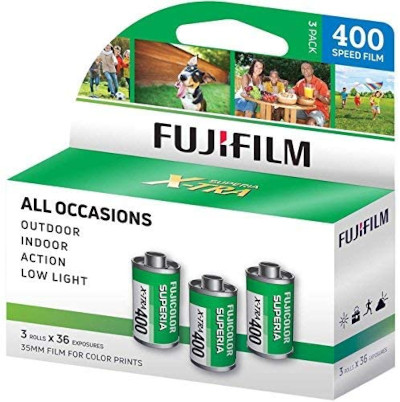
Fujifilm Superia X-TRA ISO 400 - Another option that might have better availability based on what country you are in.
In comparison to to Kodak, Fujifilm appears to be a little bit cooler with stronger greens and blues.
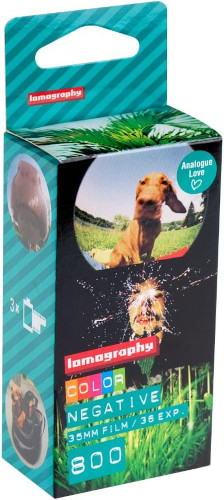
Lomography 800 - There are only a few options if you want a color ISO 800 film. This is literally the only film stock geared towards consumers.
Furthermore, if you have a medium format camera, it’s also for sale in 120 film format.
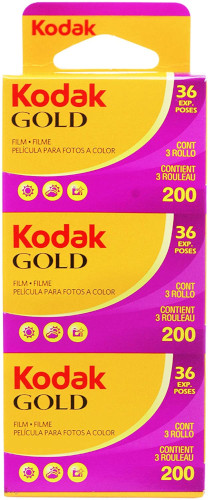
Kodak Gold 200 - A staple film stock that debuted in the mid-1980s. Gold 200 provides the look and feel of family snapshots from the 80s and 1990s. For the authentic photography experience have an on-camera flash.
Over-expose it by 1 or 2-stops to reveal the best look the film can achieve. This will provide the appealing colors people love Kodak Gold for.
Professional
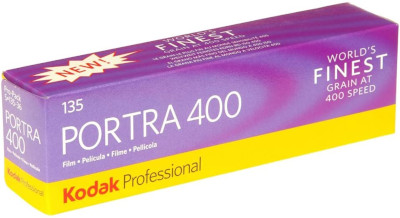
Kodak Portra 400 - By far the most popular color negative film among film shooting enthusiasts online. Overexpose the film by 1 or 2-stops to get the rendering the film is known for.
Kodak Portra is also sold in ISO 800 and 160 versions. 8x10 sheets, 4x5 sheets, and rolls of 120 are also manufactured.
Black and White Film
Consumer
These film stocks have reasonable costs and very good quality, making them favorable to use in the Nikon FE.
The main appeal for budget minded photographers and photography students is the reasonable price. Even if you do not put yourself in those groups, it’s great to have economical rolls of film around for testing recently delivered camera gear.
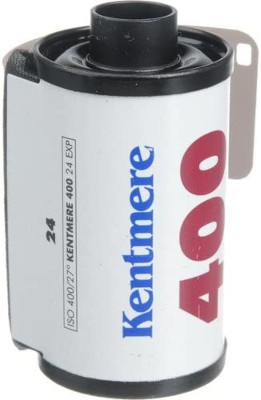
Kentmere 400 - Made by Harmon Technology, which is also the owner of Ilford. This is great considering that allows this to be the most widely sold film out of the 3.
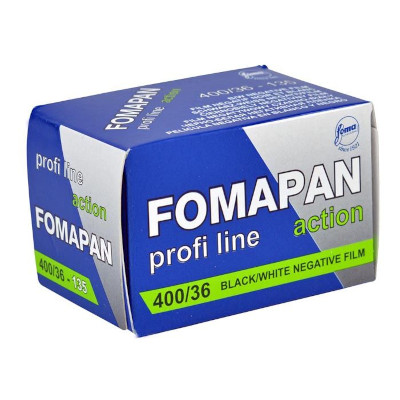
Foma Fomapan 400 Action - Will be less difficult to purchase in Europe as the film is made inside of the Czech Republic by Foma Bohemia.
A suitable 35mm film to choose for your initial couple of attempts at developing film at home or analog photography. Also a good selection if you’re trying out a camera to be sure that it’s operating correctly.
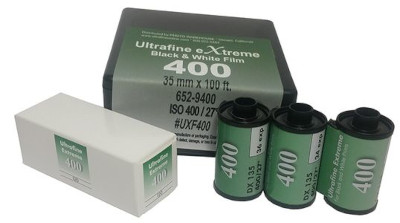
Ultrafine eXtreme 400 - You can get the best price on this film by buying it directly from Ultrafine.
They make chemical developer kits for 35mm film, so if you develop film at home you could have previously done business with them.
Professional
The 2 best black and white 35mm films are Kodak Tri-X 400 and Ilford HP-5 Plus 400. They possess a large amount of traits that are comparable that help make them so well received, while preserving individual appearances.
You can enjoy great images after pushing both film emulsions 2-stops. A roll of film can be shot at ISO 400, 800, or 1600, making them remarkably useful.
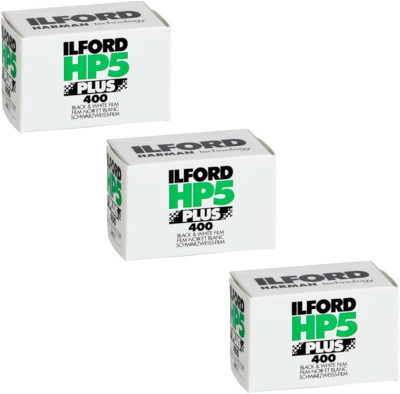
Ilford HP5 Plus 400 - Between the two films, HP5 Plus is more affordable and has less contrast. Lower levels of contrast can be a benefit because of the fact contrast can be increased when making a print or through digital processing.
The film emulsion has subdued grain and still appears great when pushed 2-stops.
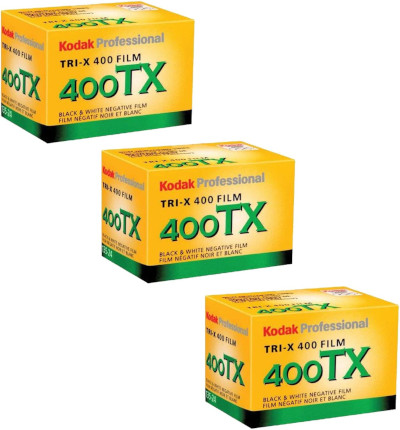
Kodak Tri-X 400 - This film stock has got a stronger aesthetic. To achieve the classic grain structure, contrast, and look of the film, it needs to be developed in Kodak D-76.
Tri-X undeniably has more contrast. That’s ideal if it is the look and feel you want because it results in considerably less work when making a darkroom print or through digital processing.
Slide Film
Slide film, also known as reversal film or transparency film, generates a positive image. That means a lightbox or projector can be used to exhibit the pictures.
This is different from the more common negative film stocks that result in photographs that need the colors to be inverted so that they can be viewable.
Slide films are perceived as very hard to use due to the fact slide film has less dynamic range and latitude when compared with negative film.
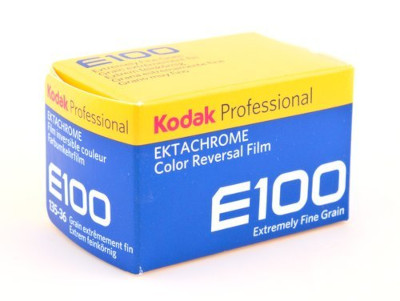
Kodak Ektachrome 100 - This is a fine grain film known for beautiful skin tones. There is not any hypersaturation of colors. It is daylight balanced.
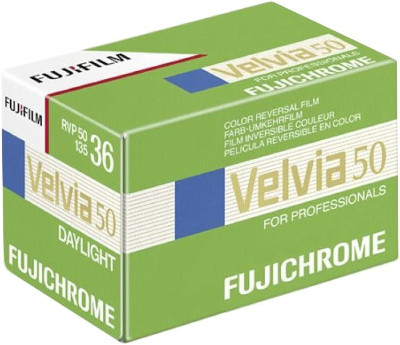
Fujifilm Velvia 50 - This is a extraordinarily sharp daylight balanced reversal film with lots of contrast and saturation, giving shots a unique appearance. Velvia has the top resolving power of any increased elevated.
You can also get it in an ISO 100 speed.
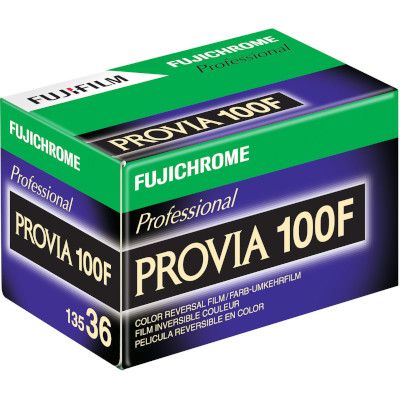
Fujichrome Provia 100F - Produces vivid and realistic colors with moderate color saturation and contrast. It’s a daylight color balanced film with ultra fine grain.
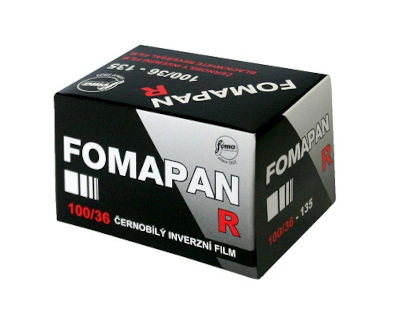
Foma Fomapan R100 - This is a black & white reversal film, described by Fomapan as having high resolving power, elevated contrast, and fine grain. It is also regarded as a alternative for the long discontinued Agfa Scala.
Film Basics
Consumer vs Professional Film
Pro film stocks cost more due to the fact that they have larger latitude, dynamic range, and are easier to push.
There is a disparity in where 35mm rolls of film can be purchased. Consumer films can usually be bought in pharmacies and big-box stores in small quantities. Pro film emulsions should really be bought from a online or camera store.
ISO
A film’s light sensitivity is represented by the ISO.
The higher the ISO of the film, the less light will be needed to expose a photo. Additionally, expect to see increased film grain.
ISO 100 and slower films (ISO 25, ISO 50, etc) is often a challenge to shoot handheld in the FE. The can be longer are going to be longer than what you could handhold without resulting in motion blur unless you’re shooting in full sun.
A tripod, flash, and/or fast lens will help you with longer exposure times. The extra equipment might not be needed if you choose to use a higher speed ISO 800 or ISO 400 film.
The ISO knob is labeled as ASA on the Nikon FE. The change to using ISO from ASA (American Standards Association) happened after the creation of the International Standards Organization (ISO).
Latitude
Latitude is the range of stops film can be overexposed while having acceptable results. Pro films have a larger latitude along with a somewhat higher price.
Negative film has more latitude than reversal film. That is a reason it is considered difficult to shoot.
Dynamic Range
The difference between the highlights and shadows details of a picture is referred to as dynamic range. Sections of an image that do not fit in this range will appear as completely white overexposed highlights or completely black underexposed shadows.
When shooting in a wide variety or quickly shifting lighting situations, film stocks with a bigger dynamic range are a superior choice.
- Digital cameras 14+ stops
- Negative film up to 13 stops
- Slide film 6-8 stops
The small dynamic range of reversal film is an additional reason why it’s considered to be challenging to shoot. The perfect time to give it a try is during the golden hour.
Film Type
35mm film that comes in metal canisters is used by the Nikon FE. It can also be called 135 film, and it’s the most popular type of film.
The only other type of film you are likely to encounter is 120 or 220 film that is used in medium format cameras}.
Swapping the film stock you are using will change the look of your pictures. This is an example of the wonderful things about film.
DX Coded Film
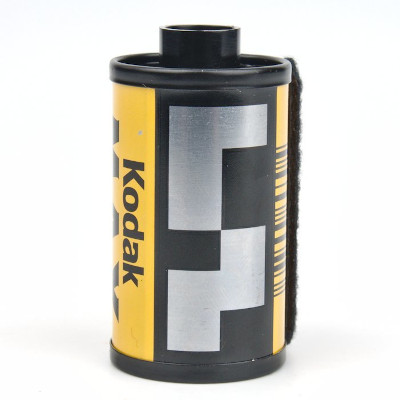
All commercially available 35mm film on the market at this time has DX encoding. This enables cameras to detect and set the ISO of the film canister loaded.
DX-coding is not going to matter for the Nikon FE because ISO has to be manually set.
Nikon FE Resources
Where to Get Film Developed?
You will find a handful of possibilities for where to have 35mm film processed. For a more comprehensive explanation of the possibilities go to my guide on Where to Get Film Developed.
WARNING: Big box stores and pharmacies have ended developing film at the store. They send film off to be processed by a 3rd party. This means that, you will not be given your developed negatives back.
- Develop Film at Home
- Use a Local Photography Lab
- Use a Mail Order Photo Lab
- Pharmacy or Big Box Store
Shipping your film to a mail-order photo lab to be processed and scanned is the most straightforward option if you’re new to using film. If you regularly use film, this can be a downside since it can get really expensive.
There are two activities that can be done to decrease the expenses required to use film, if you are shooting a moderate to high volume of film.
Bulk Loading Film
Getting a bulk roll of 100’ of film and loading in into canisters by hand is certainly one of the ideal options to lower your expenses.
A 100 foot bulk roll will fill typically around 18 canisters of film with 36 exposures each. Expect to save 20-30% depending on your pick.
Take into account that you are going to be limited to 100 foot rolls of black and white film. This is in part because black and white film is less difficult and more affordable to process at home.
Home Developing and Scanning
Any film can be processed at home. In fact it is a great way to cut costs so you can shoot more film with your Nikon FE.
Black & white film is by far the easiest to develop. Chemical temperature and development times are both not as critical to get correct with black & white films as time and temperatures are for slide or color negative.